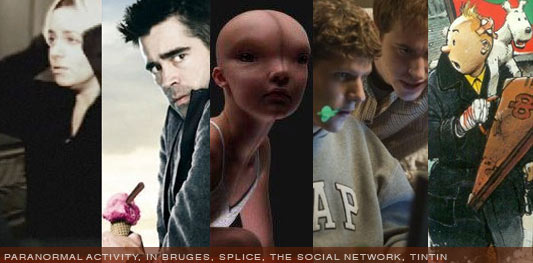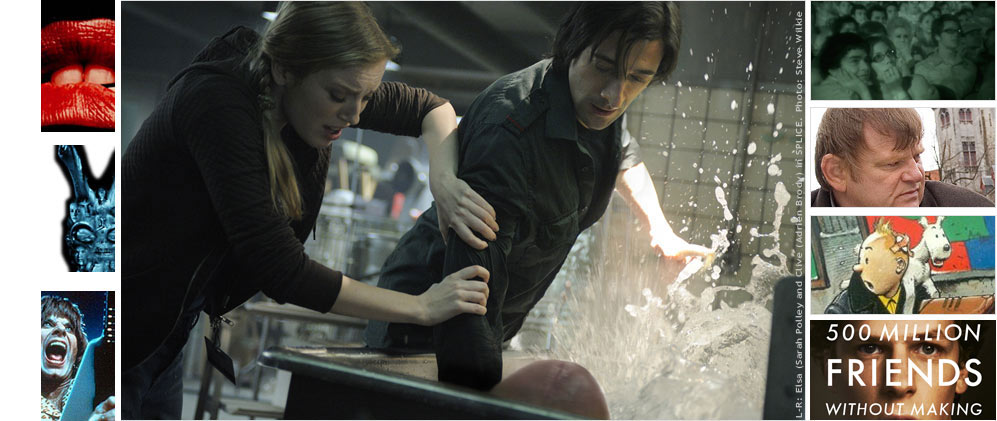CULT MOVIE RESEARCH:
On the Project
We are trying to determine what cult means. And we are also trying to place cult cinema within popular culture today.
Cult cinema operates as a term of ‘distinction’ within popular culture (to use Pierre Bourdieu’s term). As an arena of contention that, depending on the view, encapsulates a business failure, unscrupulous marketing, slavish fan devotion, or an act of rebellion against the bourgeoisie establishment, cult cinema has a permanent, simmering public presence.
This project will use reception research, i.e. the audience’s voice (through questionnaires, reviews, and public comments), to determine how people today, from devoted fans to stoic publics, relate to films called cult, and why they see their affiliation to these films as ‘cultist’.
Central to the methodology will be the careful analysis of ancillary materials and of international audience responses to online questionnaires on the release and reception of five exemplary films.
We have chosen these five films carefully, because we believe they would be (could be? Should be?) potentially cultish.

The five films are:
Paranormal Activity (Peli, 2007) – this very scary film shows the home-video tapes made by a couple looking for evidence of supernatural occurrences in their house. A poltergeist? A demon? The devil? A cult phenomenon?
In Bruges (McDonagh, 2008) – the film in which Colin Farrell and Brendan Gleeson go underground in Bruges (Belgium), and where they get tangled up in tourist traps, lots of beer, the shooting of a European fantasy film, and some real shootings too…
Splice (Natali, 2009) – the film in which two scientists splice together human and animal DNA to create a deformed female infant who turns into a beautiful but dangerous winged human-chimera…
The Social Network (Fincher, 2010). The true (?) story of the people behind social media phenomenon Facebook, and the battles they fight over access, rights, and ownership. A power trip? A celebration of innovation? A critique?
Tintin, The Secret of the Unicorn (Spielberg/Jackson, 2011) – the long-awaited motion-capture adaptation of one of the world’s most famous comic book characters, Belgian reporter Tintin, put together by the world’s two biggest names in film directing.
The five films have several tropes and motives frequently affiliated with cult cinema: they are full of quotable trivial dialogue, mysterious references, and/or offensive language. They also carry lots of comments on the imperfection of the human body. There are deformities, there is horror, there are lots of special effects, …
Some of these films are announced as cool.
Some are seen as hot.
But what does that mean?
All this and lots more is known about these five films before they are even released.
Why? Why do people feel they have to declare their alignment towards the films before becoming audiences?
This observation begs extensive examination, and that is what our project is about.
We hope our research will provide an understanding of why ‘ownership’ over the term ‘cult cinema’ is seen as crucial by those using it, and why its appropriation by corporate, public, and subcultures/fan cultures is seen as indicative of the state of popular culture today.







